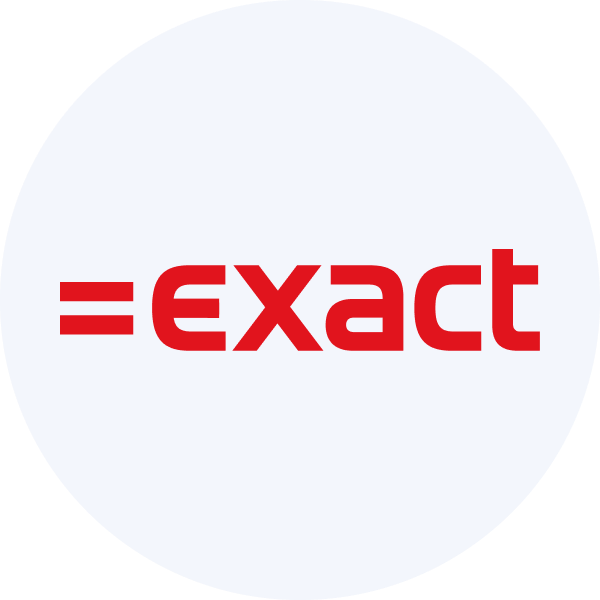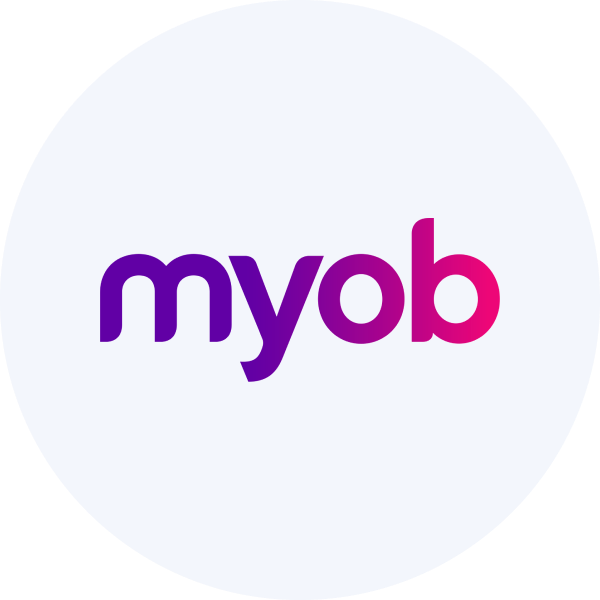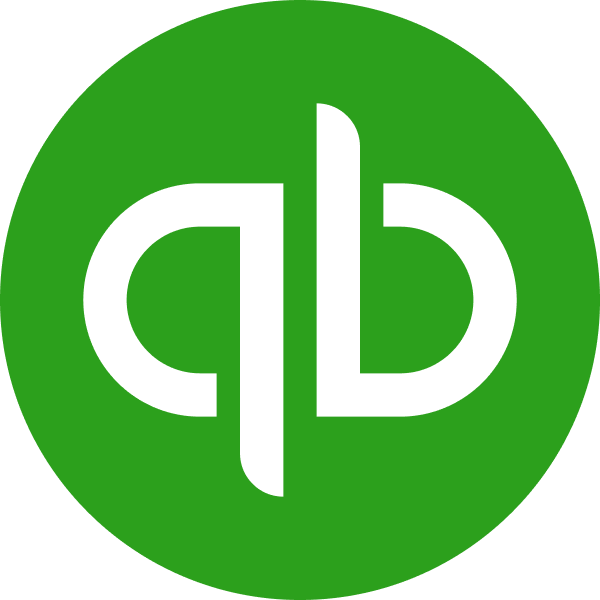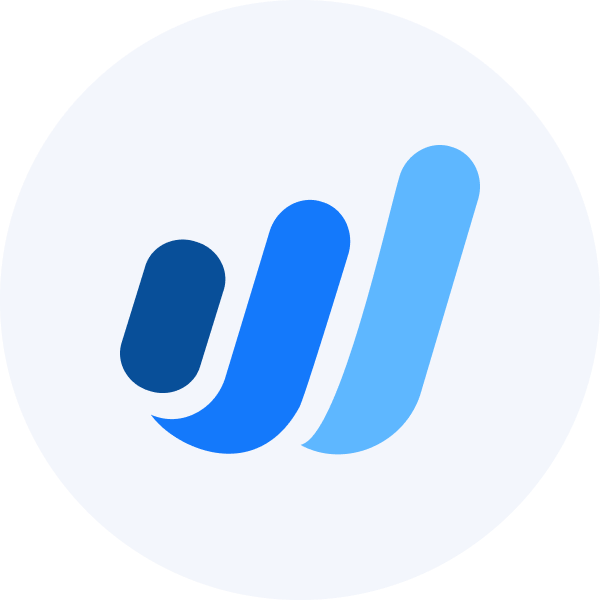Accounts payable overview
Get a detailed, real-time view of your customers' supplier invoices to assess creditor risk
Our accounts payable feature offers a thorough breakdown of a borrower's creditors ledger sourced from their accounting software. You can examine the ledger in its entirety or delve into specific supplier histories, enabling full automation of the payables financing process.
Use cases
Common uses of our accounts payable feature include:
-
Digital data collection: get an ongoing feed of supplier invoices.
-
Supplier risk analysis: gain insights into the borrower's relationship with the supplier including a fully history of bills, payment behavior, and discounts provided on previous bills.
Feature components
Supported outputs
You can retrieve the data read and enriched by the feature by downloading a report in an Excel format or calling the accounts payable endpoints of our API.
For example, use the List suppliers endpoint to access the companyCompany In Codat, a company represents your customer's business entity. Companies can have multiple connections to different data sources.'s current suppliers for further assessment.
- TypeScript
- Python
- C#
- Go
const suppliersResponse = await lendingClient.accountsPayable.suppliers.list({
companyId: companyId,
query: "status=Active",
});
if (suppliersResponse.statusCode != 200) {
throw new Error("Could not get current suppliers");
}
console.log(suppliersResponse.suppliers[0].supplierName);
suppliers_request = operations.ListAccountingSuppliersRequest(
company_id=company_id,
query='status=Active'
)
suppliers_response = lending_client.accounts_payable.suppliers.list(suppliers_request)
if suppliers_response.status_code != 200:
raise Exception('Could not get current suppliers')
print(suppliers_response.suppliers[0].supplier_name)
var suppliersResponse = await lendingClient.AccountsPayable.Suppliers.ListAsync(new() {
CompanyId = companyId,
Query = "status=Active"
});
if(suppliersResponse.StatusCode != 200){
throw new Exception("Could not get current suppliers");
}
Console.WriteLine(suppliersResponse.Suppliers[0].SupplierName);
ctx := context.Background()
suppliersResponse, err := lendingClient.AccountsPayable.Suppliers.List(ctx,
operations.ListAccountingSuppliersRequest{
CompanyID: companyID,
Query: "status=Active",
})
if suppliersResponse.StatusCode == 200 {
fmt.Println(suppliersResponse.Suppliers[0].SupplierName)
}
Get started
Once you have the Lending solution enabled, configure your instance to work with our accounts payable feature.
Configure data sourcesData source An external platform (such as QuickBooks, Xero, or a bank) that Codat integrates with to pull or push financial data.
Follow the respective guides to set up and enable accounting integrations that will serve as a data sourceData source An external platform (such as QuickBooks, Xero, or a bank) that Codat integrates with to pull or push financial data. for the feature:
Enable data types and syncSync The process of fetching the latest data from a connected data source. Syncs can be triggered manually or run automatically on a schedule. schedule
See how to enable data types and ensure the following data types have been switched on:
- Suppliers
suppliers - Bills
bills - Bill payments
billPayments - Bill credit notes
billCreditNotes
Configure the solution to refresh data when you need it by setting a synchronization frequency. We recommend setting it to a daily or monthly syncSync The process of fetching the latest data from a connected data source. Syncs can be triggered manually or run automatically on a schedule..
Configure webhooksWebhook An automated notification sent from Codat to your application when specific events occur, such as when data syncs complete or connections change status.
We recommend you configure webhook consumers with the following event types to manage your data pipelines. These webhooksWebhook An automated notification sent from Codat to your application when specific events occur, such as when data syncs complete or connections change status. send a message for each dataType separately.
-
Dataset status has changed to an error state
This means an issue occurred when syncing the specified data type. Resolve the issue and initiate the sync for this dataset again.
-
This means data has been updated for the specified data type. This can include new, updated or deleted data. You should then refresh the data in your platform.











